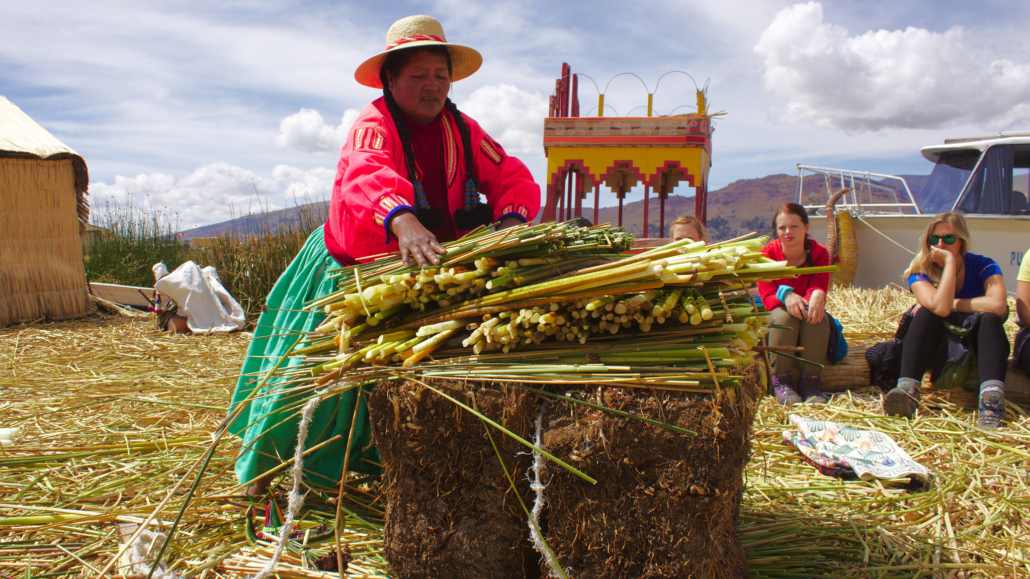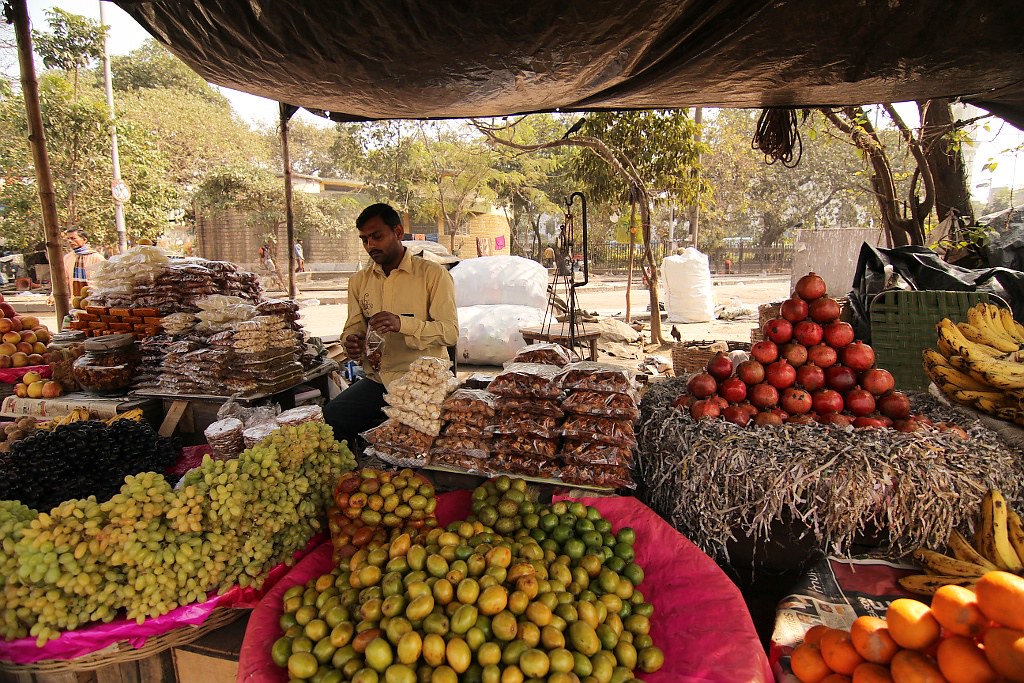
India has emerged as a self-sufficient nation over the past three decades in terms of food production, according to the United Nations. Despite this, the country still has a serious hunger problem. Here is everything to know about hunger in India.
Defining and Measuring Hunger
According to the Food and Agriculture Organization of the United Nations (FAO), “hunger is the habitual consumption of too few calories to provide the minimum dietary energy an individual requires to live a healthy and productive life based on a person’s sex, age, stature and physical activity level.”
A popular way of measuring hunger is through the Global Hunger Index (GHI), which considers four factors: undernourishment, child stunting, child wasting and child mortality.
Drawing on published data from sources such as the World Health Organization (WHO) and the United Nations Children’s Fund, GHI gives countries a score on a 100-point scale. The higher a country’s score, the more severe the level of hunger. The GHI’s annual assessment presents everything you need to know about hunger in India and other countries.
Since 2014, undernourishment levels have risen slightly nationwide from 14.8% to 16.3%. The 2022 Global Hunger Index ranked India 107th out of 121 countries. With a score of 29.1 on the GHI severity scale, India has a serious level of hunger.
The Good News
Ever since the Green Revolution in India, agriculture has played a significant role in reducing hunger in the country. According to the U.N., more than 70% of rural Indian households still depend on agriculture for their livelihood. As a result, India has seen tremendous growth in food production over the past few decades and is now a major exporter of agricultural products in the world.
Child stunting has dropped drastically from 54.2% to 35.5% between 2000 and 2022. Likewise, child mortality has also gone from 9.2% to 3.3% since 2000, according to the GHI.
Achieving these successes has been possible largely due to government help through subsidized rations on grains, and schemes, such as the 2013 National Food Security Act (NFSA), which increased India’s food distribution capabilities.
The Challenges
Despite the progress India has made toward ending hunger, many challenges lie ahead. The unpredictability brought on by changing weather patterns is causing problems for small-scale Indian farmers. Moreover, excessive chemical fertilizer use is causing land degradation and barrenness in parts of the country. The U.N. reports that 30% of the Indian administrative blocks have “unsustainable levels” of groundwater. More recently, COVID-19 has presented significant obstacles, pushing millions into unemployment and poverty, which, in turn, increased hunger levels in India.
The DAY-NRLM Initiative
From the government to NGOs, many people are trying to tackle hunger in India. The Indian government has introduced several schemes in the past that continue to make a difference today. Launched in 2011 to alleviate poverty, Deendayal Antyodaya Yojana-National Rural Livelihood Mission (DAY-NRLM) aims to reach out to 100 million rural poor households and provide them with employment opportunities.
Funds allocated to DAY-NRLM go toward “social mobilization, promotion and strengthening of self-managed and financially sustainable community institutions of the rural poor women; financial inclusion; sustainable livelihoods; social inclusion; social development and access to entitlements through convergence,” according to the Ministry of Rural Development’s website.
The NFSM and MNREGA
The National Food Security Mission (NFSM) is a scheme that aims to improve agriculture in India by assisting farmers. After the recommendation of India’s National Development Council, the central government launched NFSM in 2007.
The scheme’s objectives involve promoting a sustainable increase in crop production via “area expansion and productivity enhancement,” reestablishing optimal soil health and agricultural productivity “at the individual farm level” and increasing the profits of farmers.
NFSM has proven to be a massive success as India increased its food grain production by 20 million MT between 2007 and 2012. The scheme is currently undergoing implementation across 638 districts in India.
The Indian government also introduced the Mahatma Gandhi National Rural Employment Guarantee Act (MNREGA) in 2005 to give the country’s rural population employment opportunities. MNREGA provides “at least 100 of guaranteed wage employment in every financial year to every household whose adult members volunteer to do unskilled manual work,” according to the Ministry of Rural Development’s website. For the year 2022-2023, MNREGA provided 2.69 billion employment days, benefiting 59.5 million low-income households who are able to meet their basic needs, including their food requirements.
While challenges remain, hunger in India can undergo eradication by helping farmers earn a livelihood sustainably, improving food production and food security and improving the quality of life in the poorest areas of the country.
– Siddhant Bhatnagar
Photo: Flickr
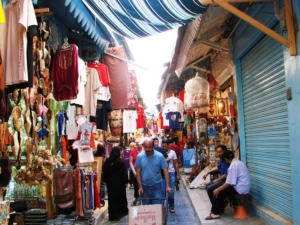 Tunisia is a North African nation located on the Mediterranean Sea. The country suffers from high unemployment, and approximately 21% of its population lives below the poverty line. In light of these issues, hunger in Tunisia is becoming a pressing concern.
Tunisia is a North African nation located on the Mediterranean Sea. The country suffers from high unemployment, and approximately 21% of its population lives below the poverty line. In light of these issues, hunger in Tunisia is becoming a pressing concern.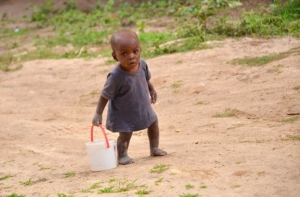 Uganda is a sub-Saharan country located in East Africa. Its capital is Kampala, and the country has a population of
Uganda is a sub-Saharan country located in East Africa. Its capital is Kampala, and the country has a population of 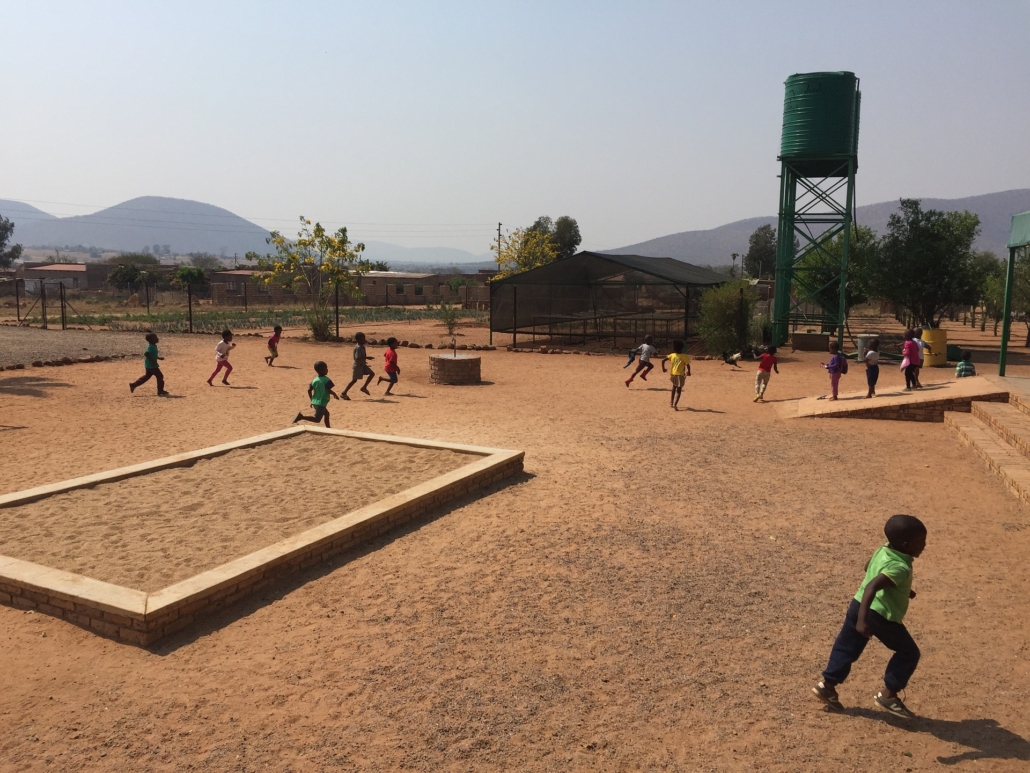
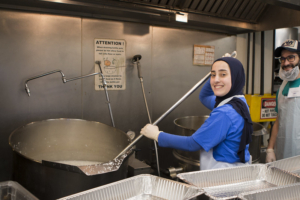 Around the world,
Around the world, 
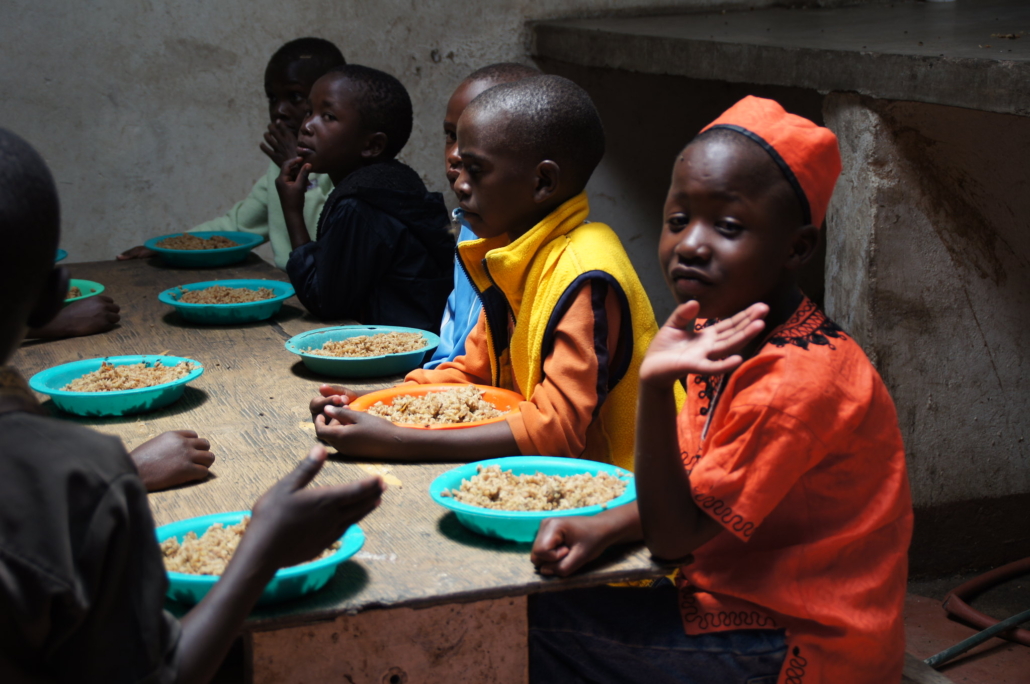
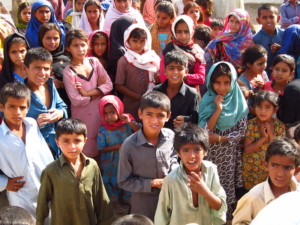
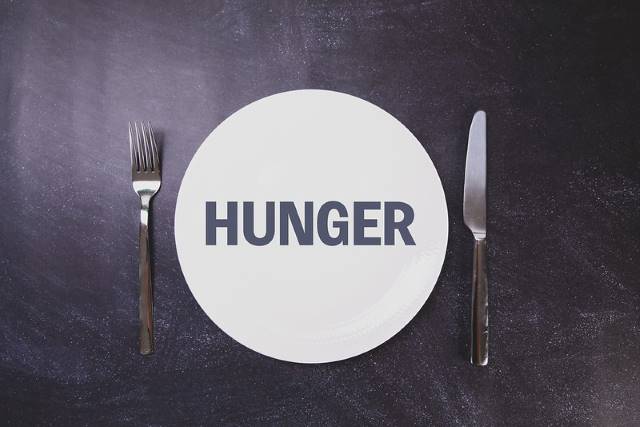 With the ongoing cost of living crisis, the rippling effects of both Brexit and the pandemic, and the war in Ukraine, hunger in England has become a national concern. The cost of living increase has led to steep energy bills, and food prices grew at
With the ongoing cost of living crisis, the rippling effects of both Brexit and the pandemic, and the war in Ukraine, hunger in England has become a national concern. The cost of living increase has led to steep energy bills, and food prices grew at 
